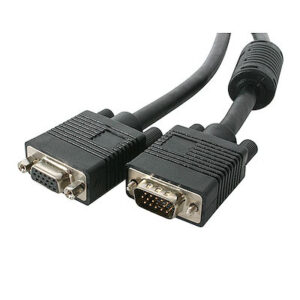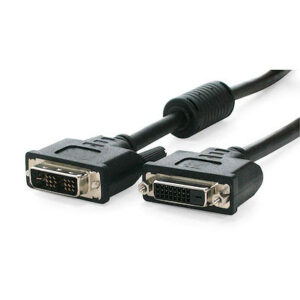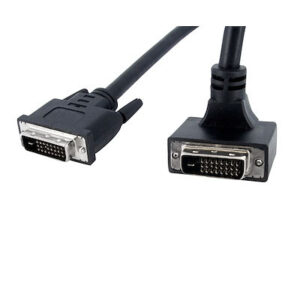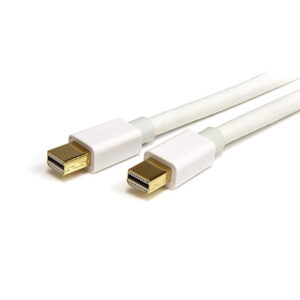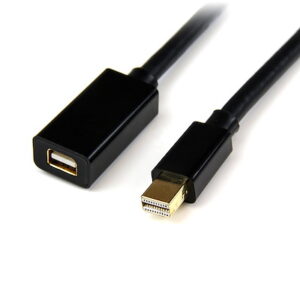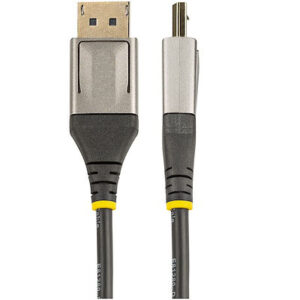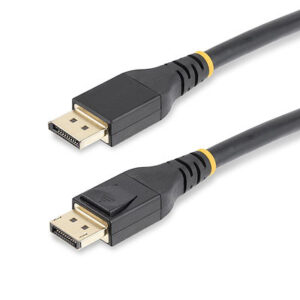Audio/Video cables (A/V cables) are connecting wires used to transmit audio and video signals. Their core function is to ensure stable transmission of audio and video data from signal sources (such as TVs, computers, and audio systems) to output devices (such as monitors and speakers), avoiding signal loss or interference. Core Categories and Features According to the type of transmitted signals and application scenarios, common categories are as follows: Audio Cables: Specifically for transmitting audio signals 3.5mm Audio Cable: Universal type, connects mobile phones/computers to headphones/speakers, supporting stereo sound. RCA Audio Cable (Red/White Phono Cables): Commonly used for older devices, with red for right channel and white for left channel, transmitting analog audio. XLR Cable: Dedicated for professional audio equipment (such as microphones and stage audio systems), featuring strong anti-interference and stable transmission. Video Cables: Specifically for transmitting image signals HDMI Cable: Currently the most mainstream, supporting simultaneous transmission of high-definition/4K/8K video and audio. Suitable for TVs, projectors, game consoles, etc. VGA Cable: Commonly used for older computers and monitors, only transmitting analog video without audio, with limited image quality (max 1080P). DP Cable (DisplayPort): Commonly used for professional e-sports and high-end devices, supporting higher resolution and refresh rate with strong compatibility. All-in-One Audio/Video Cables: Transmit both audio and video simultaneously to reduce wiring hassle. HDMI cables and DP cables fall into this category.
Category
Audio Video
Showing 17–32 of 51 resultsSorted by latest
-
Coax High Resolution VGA Monitor Extension Cable – HD15 M/F
Price range: $10.99 through $74.99 -
1.8m DVI-I Male to DVI-D Male and HD15 VGA Male Video Splitter Cable
$15.99 -
5m DVI-D Single Link Monitor Extension Cable – M/F
$20.99 -
1.8m 90° Down Angled Dual Link DVI-D Monitor Cable – M/M
$14.99 -
3m DVI-I Dual Link Digital Analog Monitor Extension Cable M/F
$19.99 -
DVI-D Single Link Cable – M/M
Price range: $10.99 through $12.99 -
DVI to Coax High Resolution VGA Monitor Cable
$14.99 -
DVI-I Dual Link Digital Analog Monitor Cable M/M
Price range: $14.99 through $20.99 -
DVI-D Single Link Cable – M/M
Price range: $14.99 through $16.99 -
DVI-D Dual Link Cable – M/M
Price range: $13.99 through $92.99 -
1m/2m/3m Mini DisplayPort Cable – 4K x 2K Ultra HD Video – Mini DisplayPort 1.2 Cable – Mini DP to Mini DP Cable for Monitor – mDP Cord works w/ Thunderbolt 2 Ports – White
Price range: $8.99 through $14.99 -
Mini DisplayPort Extension Cable – 4K x 2K Video – Mini DisplayPort Male to Female Extension Cord – mDP 1.2 Extender Cable – Works with Mini DP or Thunderbolt 2 Mac/PC
Price range: $14.99 through $29.99 -
Mini DisplayPort Cable, 8K 60Hz HDR10, Ultra HD 4K 120Hz Video, mDP 1.4 Cable for Monitors Displays, Mini DisplayPort Cord – M/M
Price range: $11.99 through $14.99 -
DisplayPort 2.1 Cable, VESA Certified DP40 DisplayPort Cable w/UHBR10/HDR/HDCP 2.2, 8K 60Hz/4K 144Hz w/DSC 1.2a, 40Gbps, DP 2.1 Cable, UHD Monitor Cord, M/M
Price range: $13.99 through $15.99 -
DisplayPort 1.4 Cable – 8K 60Hz HDR10 – Ultra HD 4K 120Hz Video – DP 1.4 Cable / Cord – For Monitors/Displays – DisplayPort to DisplayPort Cable – M/M
Price range: $16.99 through $44.99 -
Active DisplayPort 1.4 Cable, DP8K DisplayPort Cable w/HBR3, HDR10, MST, DSC 1.2, HDCP 2.2, 8K 60Hz, 4K 120Hz – DP 1.4 Cable M/M
Price range: $112.99 through $151.99
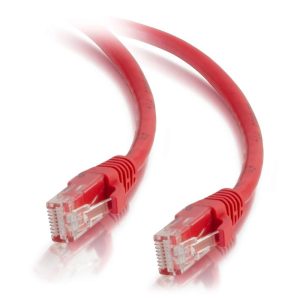 Cat5e Cables
Cat5e Cables Cat6 Cables
Cat6 Cables Cat6a Cables
Cat6a Cables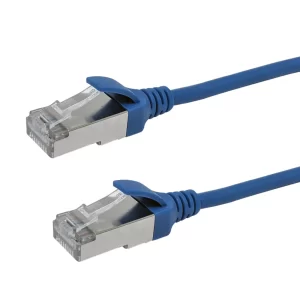 Cat8 Cables
Cat8 Cables Bulk Ethernet Cables
Bulk Ethernet Cables Plenum-Rated Ethernet Cables
Plenum-Rated Ethernet Cables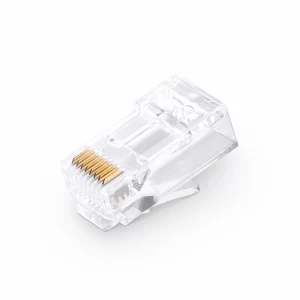 Connectors & Jacks
Connectors & Jacks OS2 Singlemode Simplex
OS2 Singlemode Simplex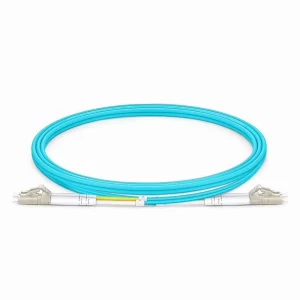 OS2 Singlemode Duplex
OS2 Singlemode Duplex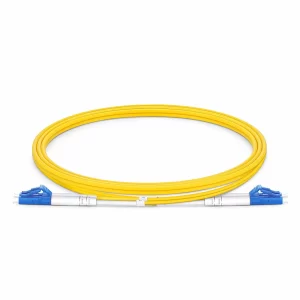 OM5 Multimode
OM5 Multimode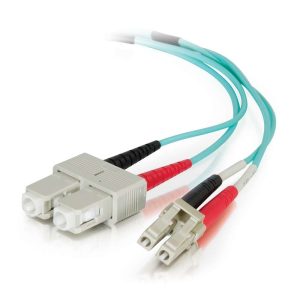 OM4 Multimode
OM4 Multimode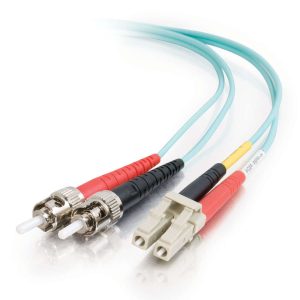 OM3 Multimode
OM3 Multimode OM2 Multimode
OM2 Multimode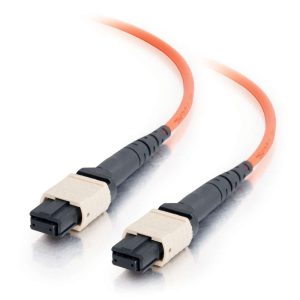 MTP/MPO Cables
MTP/MPO Cables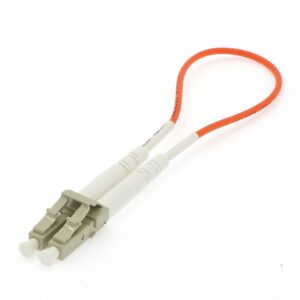 Loopback Adapter
Loopback Adapter Fiber Optic Connectivity
Fiber Optic Connectivity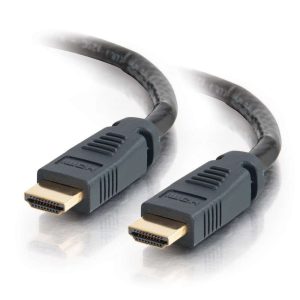 HDMI Cables
HDMI Cables HDMI Mini/Micro Cables
HDMI Mini/Micro Cables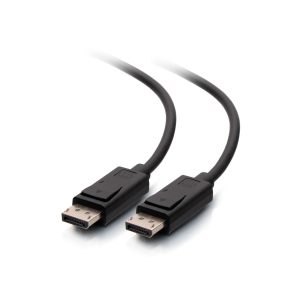 DisplayPort Cables
DisplayPort Cables Mini DisplayPort Cables
Mini DisplayPort Cables DVI Cables
DVI Cables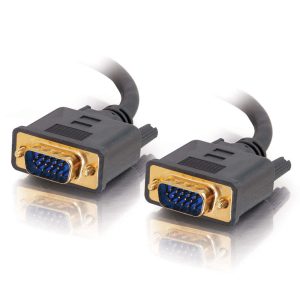 VGA Cables
VGA Cables Audio Cables
Audio Cables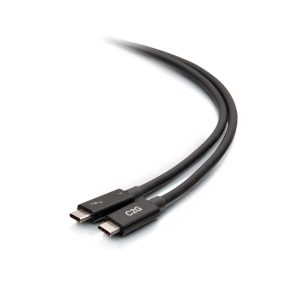 Active USB Cables
Active USB Cables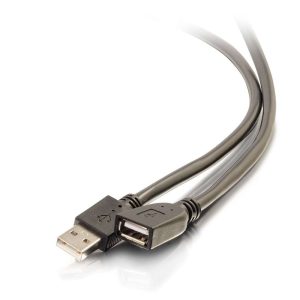 Plenum-Rated USB Cables
Plenum-Rated USB Cables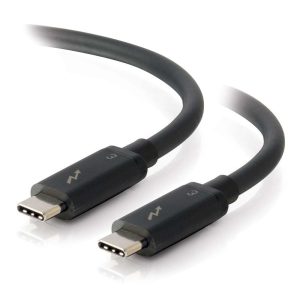 Thunderbolt Cables
Thunderbolt Cables USB 2.0 Cables
USB 2.0 Cables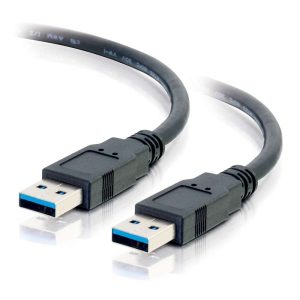 USB 3.0 Cables
USB 3.0 Cables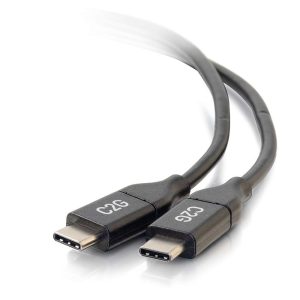 USB Cables for Mobile Devices
USB Cables for Mobile Devices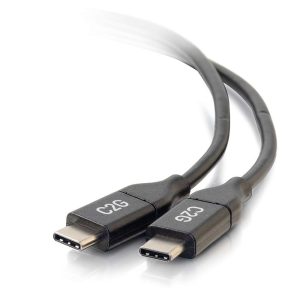 USB-C Cables
USB-C Cables Keyboard & Mouse Cables
Keyboard & Mouse Cables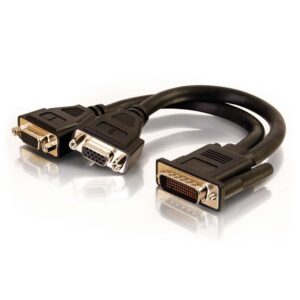 LFH-59 and M1 Cables
LFH-59 and M1 Cables Parallel Cables & Devices
Parallel Cables & Devices Serial ATA Cables
Serial ATA Cables Serial RS232 Cables
Serial RS232 Cables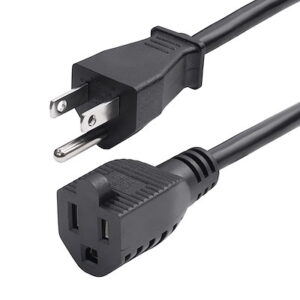 Power Cables
Power Cables